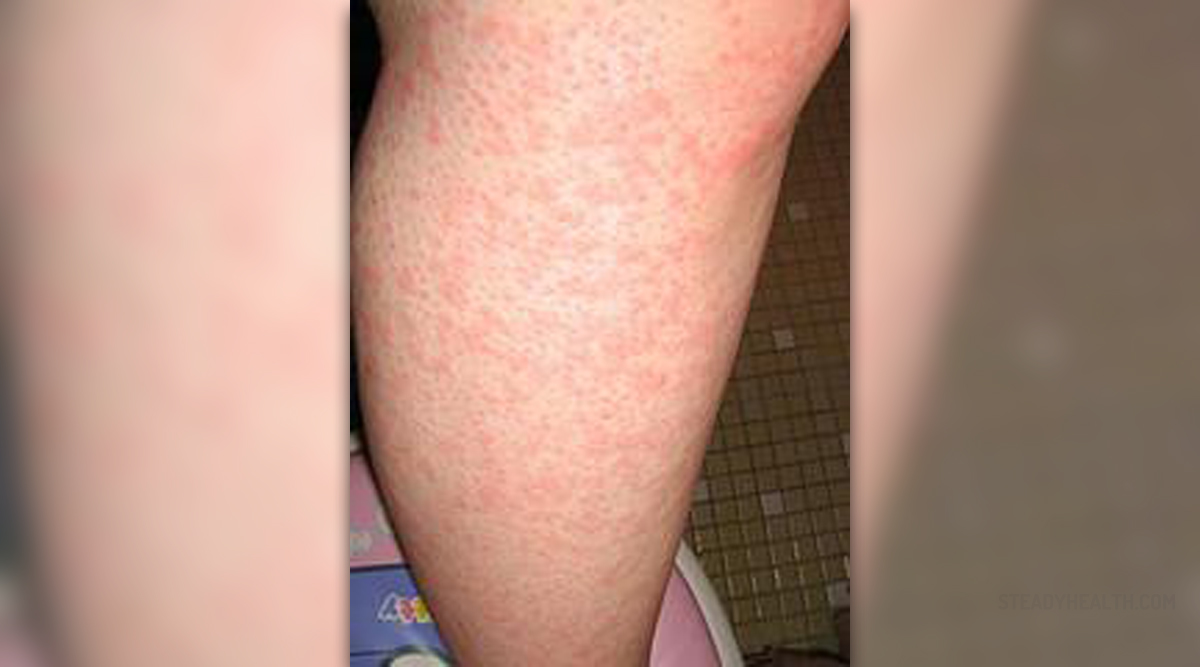
Better known as hives, urticaria can be a painful and uncomfortable condition if it develops. This condition manifests as a skin reaction that leaves itchy red welts and swelling on the skin. These swellings can be small or large in diameter (up to several inches) and can rise or fade at different stages during the reaction. Another type of swelling that can cause effects deep beneath the first layer of skin is angioedema. This swelling, along with urticaria, is most often harmless and may not even require treatment, but can, in extreme cases, be life threatening.
Causes
Occasionally, the cause of hives in an individual can be unknown, but allergic reactions often act as a trigger for the condition. Angioedema and hives are reactions to a trigger, and they stimulate the release of histamine and other chemicals into the bloodstream. Some common allergens that cause a reaction include foods, medications, pollen, latex, insect stings and environmental factors such as heat, cold, sunlight or water. Within these categories, there are numerous individual causes. For example, peanuts, shellfish, fish, eggs and milk are common foodstuffs that can cause an allergic reaction. Medications such as penicillin, Aspirin, ibuprofen and naproxen may be potential risks.
Excess scratching of the skin can result in red sores that follow the same pattern of the scratching. Blood transfusions, lupus, lymphoma and viral or bacterial infections such as HIV or hepatitis can all provoke allergic reactions leading to hives or angioedema. Having said all that, angioedema can also be an unavoidable hereditary condition.Prevention
In order to prevent the occurrence of these conditions, look to eliminate substances that may be the cause of irritation. Examples of these may be certain foods, medications, pollen or latex. Try to avoid these triggers as much as possible, especially if one knows for certain that they are the causes of the reaction. In order to determine whether or not this is the case, keep a diary of what you have been eating. Also, check to see if allergens have alternative names that may be used in lists of ingredients on the label.
One can also use compression to relieve discomfort. Cover the affected area with cool, wet dressings to help soothe the skin. Bathing in cool water may also assist relief. Adding oatmeal or baking soda to the water may further help reduce discomfort. Wearing loose, non-irritating clothing can also reduce scratching and thus irritation. However, if one requires the help of drugs, try over-the-counter antihistamine drugs such as loratadine, cetirizine or Diphenhydramine.


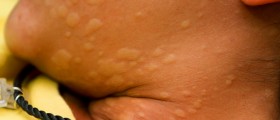
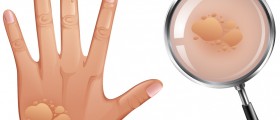
-Causes,-Symptoms-And-Diagnosis_f_280x120.jpg)


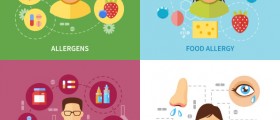
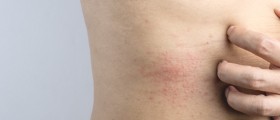

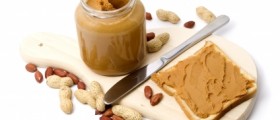


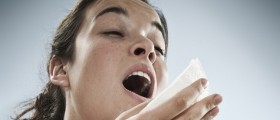
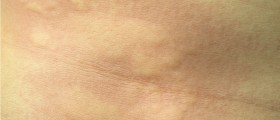


Your thoughts on this
Loading...